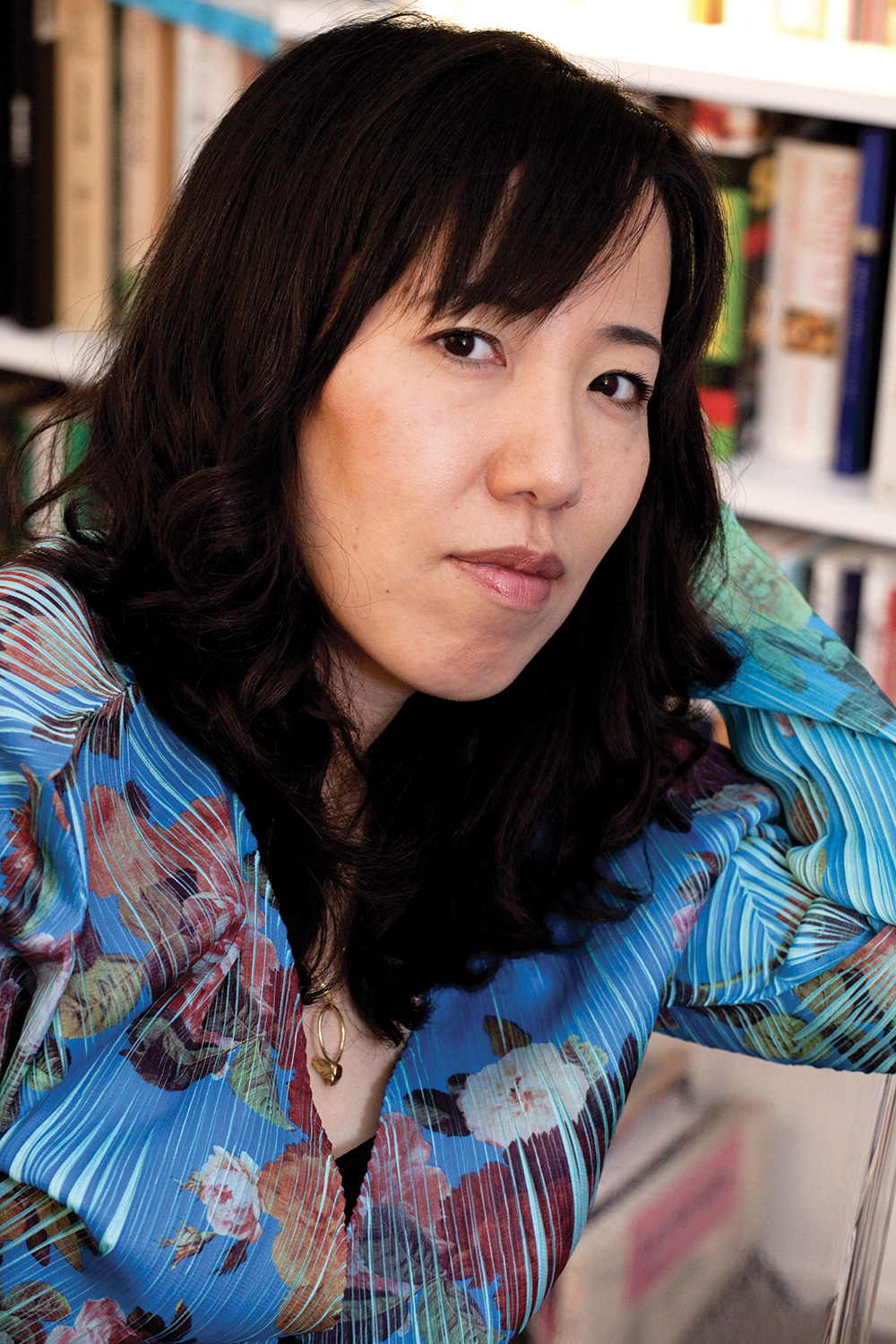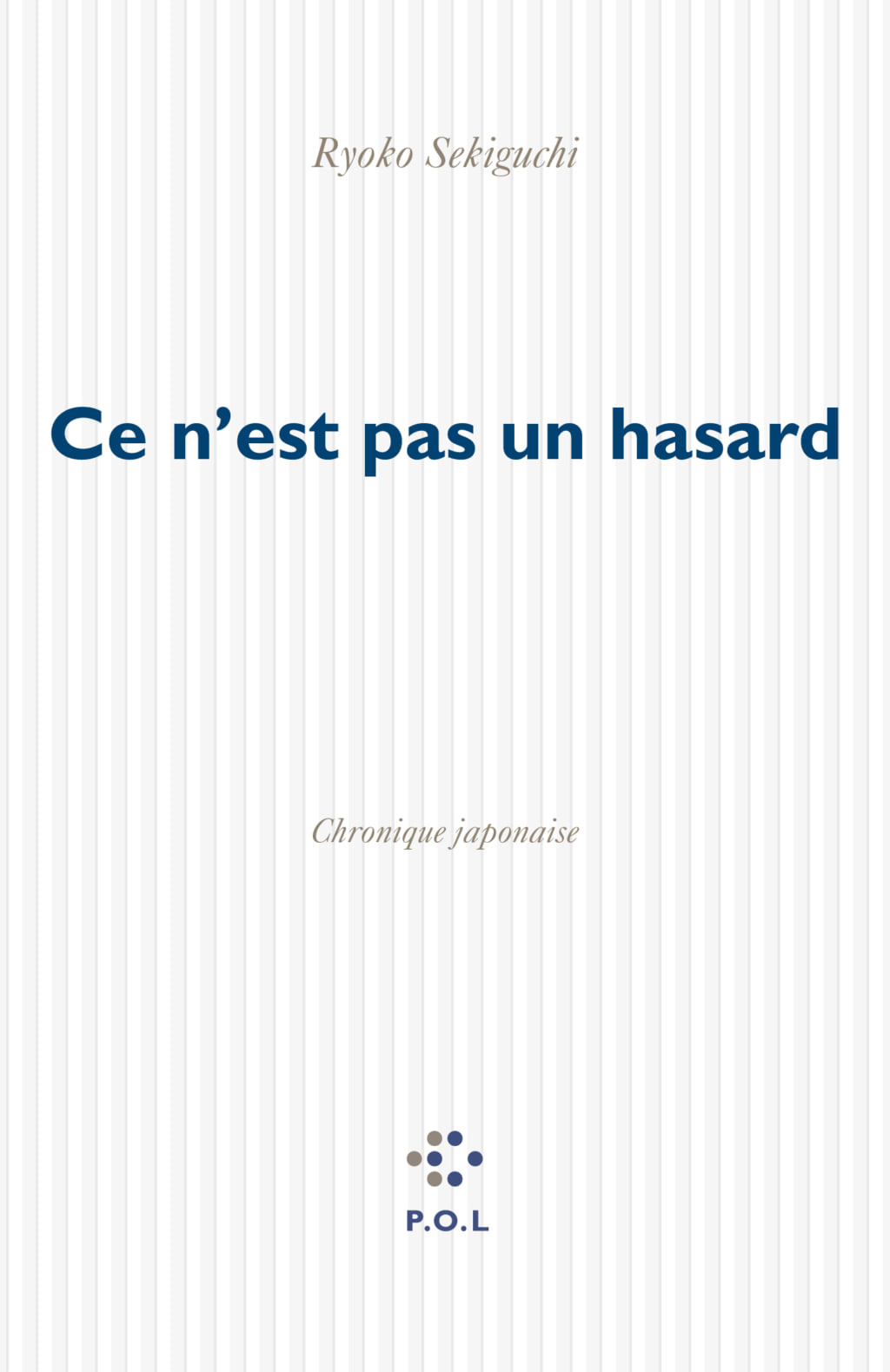‘Ce n’est pas un hasard’, the Chronicle of the Fukushima Disaster
In this personal account of the earthquake that hit Japan on 11 March 2011, Ryoko Sekiguchi analyses a tragedy that could have been avoided.

Ryoko Sekiguchi © Hélène Bamberger / P.O.L
Between 10 March and 30 April 2011, Ryoko Sekiguchi lost herself in writing. Over the course of those 49 days, she noted down sounds, sensations, and memories and watched habits dissolve into an almost supernatural everyday existence, and questioned the living and the survivors. Forty-nine is a symbolic figure that corresponds to the length of the mourning period in Japanese culture. Her text begins on the eve of the disaster, allowing the author to gain 24 precious hours in the narrative before everything is thrown into disarray the following day.
A writer, poet, and translator, Ryoko Sekiguchi settled in France in 1993, but her parents and many other members of her family live in Japan. She discovered what had happened via television: an earthquake that triggered a tsunami, and then a nuclear disaster in Fukushima. She was unable to contact her friends and family as the telephone lines were overloaded. Ce n’est pas un hasard (‘It Is No Coincidence’) recounts these moments spent waiting, in shock. It questions how people experience a crisis when they are so far away from their home country, and the emotions they endure. The writer explains that rather than wondering what she could write about this triple catastrophe, she asked herself what the victims would have wanted to read.
A chronicle between Paris and Tokyo
Thus, this account was born. Ryoko Sekiguchi started writing the chronicle in Paris before continuing in Tokyo, where she headed three weeks after the earthquake. She recorded conversations and sought to capture the particular atmosphere that prevailed in the country at the time, as she noticed small but discernible changes in behaviour. Ryoko Sekiguchi also gives a voice to those who doubted, who criticised the appropriateness of government action, and who refused to see this catastrophe as simply another natural disaster in a country that is regularly subjected to the wrath of nature.
Ce n’est pas un hasard is a tribute to the anonymous victims. A personal and political tale, it sheds new light on the disaster that occurred on 11 March 2011.
Ce n’est pas un hasard (‘It Is No Coincidence’) (2013) by Ryoko Sekiguchi is published by P.O.L (not yet available in English).

© P.O.L
TRENDING
-
A House from the Taisho Era Reveals Its Secrets
While visiting an abandoned building, Hamish Campbell discovered photographs the owner had taken of the place in the 1920s.

-
The Taboo-Breaking Erotica of Toshio Saeki
The master of the 1970s Japanese avant-garde reimagined his most iconic artworks for a limited box set with silkscreen artist Fumie Taniyama.

-
With Meisa Fujishiro, Tokyo's Nudes Stand Tall
In the series 'Sketches of Tokyo', the photographer revisits the genre by bringing it face to face with the capital's architecture.

-
Masahisa Fukase's Family Portraits
In his series ‘Family’, the photographer compiles surprising photos in which he questions death, the inescapable.

-
Hajime Sorayama's Futuristic Eroticism
The illustrator is the pioneer for a form of hyperrealism that combines sensuality and technology and depicts sexualised robots.





